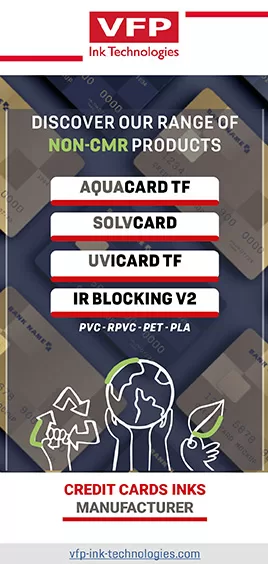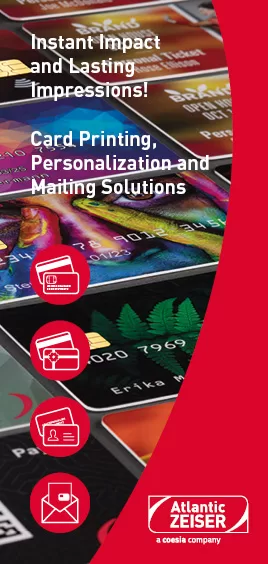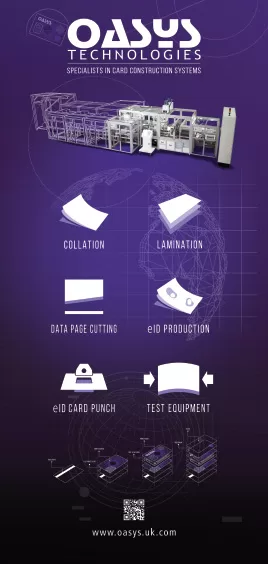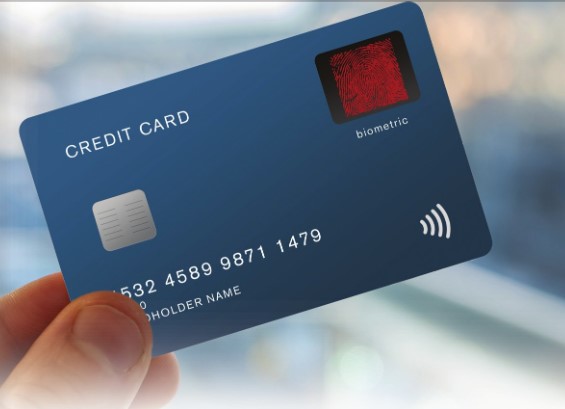
by Jennifer Kohlhepp | CM Magazine Featured
Here Come the Contactless Cards!
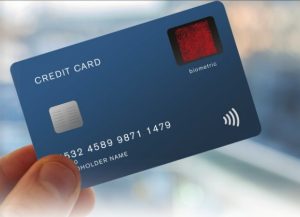 By David Tushie – Magellan Consulting, Inc., ICMA Standards and Technical Representative
By David Tushie – Magellan Consulting, Inc., ICMA Standards and Technical Representative
In the United States, the first generation of contact EMV cards has hit, or is reaching, the end of its initial expiration period since the October 2015 liability shift date. Many are predicting that these expired “contact only” cards will be replaced with contactless or combined contact/contactless dual-interface cards. Mastercard, for example, recently announced that it expects more than 70% of its U.S. card base to be reissued with contactless/dual-interface cards over the next 12–14 months. Of course, some other countries have successfully made this transition already—notably Austria, Australia, Canada, New Zealand and the U.K., among others.
A significant difference expected to be seen in the U.S. transition to contactless/dual-interface cards is a further extension of the expiration period. While the initial expiration period for contact EMV cards was typically four years, five- and six-year expirations are expected for this new generation of cards.
Contactless and dual-interface cards are more costly than contact only cards today but only marginally so than when the first generation of contact EMV cards was issued five years ago. Volume and continued improvements in materials and processes can have an amazing impact on unit costs. Some technology improvements also enable this transition. No longer are separate semiconductor chips needed for the contact and contactless interface. A single integrated chip can handle both methods of data communication. Inductive coupling of the contactless connection between the card antenna and chip provides a more robust construction, enabling longer life expectation. It is also a more robust implementation to countering electro-static discharges (ESDs), when present, thereby providing longer life in those environments where this phenomenon is present.
While the current generation of EMV technology has significantly altered the fraud trajectory for payment cards, its real strength is in authenticating the validly issued card credential in the payment system. The next step in secure card technology, like EMV, is the authentication of the cardholder to the valid secure card. It is here that many think biometrics will play a role.
After many years of development, fingerprint sensors are now a real technology suitable for implementation in cards. Their configuration is such that they will fit within the thickness of a standard ID-1 card, a major advance from just a few years ago. They also utilize low power chips that do not require an onboard battery. Rather, these sensors can be powered from the radio frequency field of a standard, contactless transaction terminal.
Utilizing standards-based “match on card” technology, the cardholder can now, for example, place his/her thumb on the contactless/dual-interface card sensor while bringing the card to the point-of-sale terminal and tapping it on the terminal. The card will communicate that the cardholder has been authenticated in its transaction messaging sent to the issuer for transaction authorization, much the
same way that it does currently when a PIN number is used for cardholder authentication.
Other developments will occur on the heels of these as we look further down the road. Amazingly, metal cards continue to develop and add all of these same functionalities found in plastic cards. Other biometrics, like face and voice recognition, are possibilities. Keyboards, displays and other electronics are all in the mix.
While volumes will continue to drive down costs, price pressure will still be prevalent. Longer expiration periods can provide some relief, but continued development of materials and processes will be needed if card durability is to be significantly extended. Advanced technologies and their application to cards will continue to evolve. As card functionality grows at an ever-increasing rate, these advances are needed more than ever.
About the Author: ICMA Standards and Technical Representative David Tushie has had a long and continuing career in the card industry working for international companies such as Datacard, UbiQ and NBS Technologies. He has master’s degrees in engineering and business, holds U.S. and international patents in measurement and card issuance systems and has had several years of involvement with the ANSI, INCITS and ISO standards process. ICMA is represented at six ISO and ANSI standards meetings through his standards role within the association.


